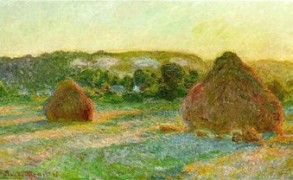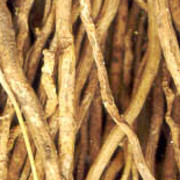Tea Primer Part 2 : Green, White and Herbal Teas
In Part 1 of Tea Primer, I discussed black and oolong teas, which are both well known for their typically robust, rich flavors. In comparison, green and white teas, the topic of today’s post, shed all suggestions of darkness, showcasing lightness and freshness. The reason for this marked difference is that black and oolong tea leaves are given a chance to oxidize (basically, to wilt and turn brown) during processing, whereas green and white teas are not. As a result, while black and oolong teas are the equivalent to earthy vetiver and patchouli in perfumery, green and white teas call to mind the vibrancy of violet leaf and citrus. The difference is very marked, which is part of the reason why it never ceases to amaze me that so many diverse teas can come from the same Camellia sinensis plant.
Part 1 : Black and Oolong Teas
Green Tea
Though green teas have gained popularity in the West only in recent decades, both the Chinese and Japanese have been producing these teas for thousands of years. With such a long history, today’s methods for producing green tea are, understandably, highly variable, differing from region to region. It is most common for the freshly picked tea leaves to be quickly steamed (so as to allow no time to wither or oxidize) and then rolled or pressed in a hot pan before being dried. Because the leaves are not given any time to wilt or oxidize before steaming, green tea leaves retain their green color, as well as many of their antioxidants.

















Aurora in Recommend Me a Perfume : April 2024: I don’t think they differ widely in scent, the EDT is punchier and a bit brighter in the top notes and the EDP clings more to the skin and lasts… April 26, 2024 at 2:27pm